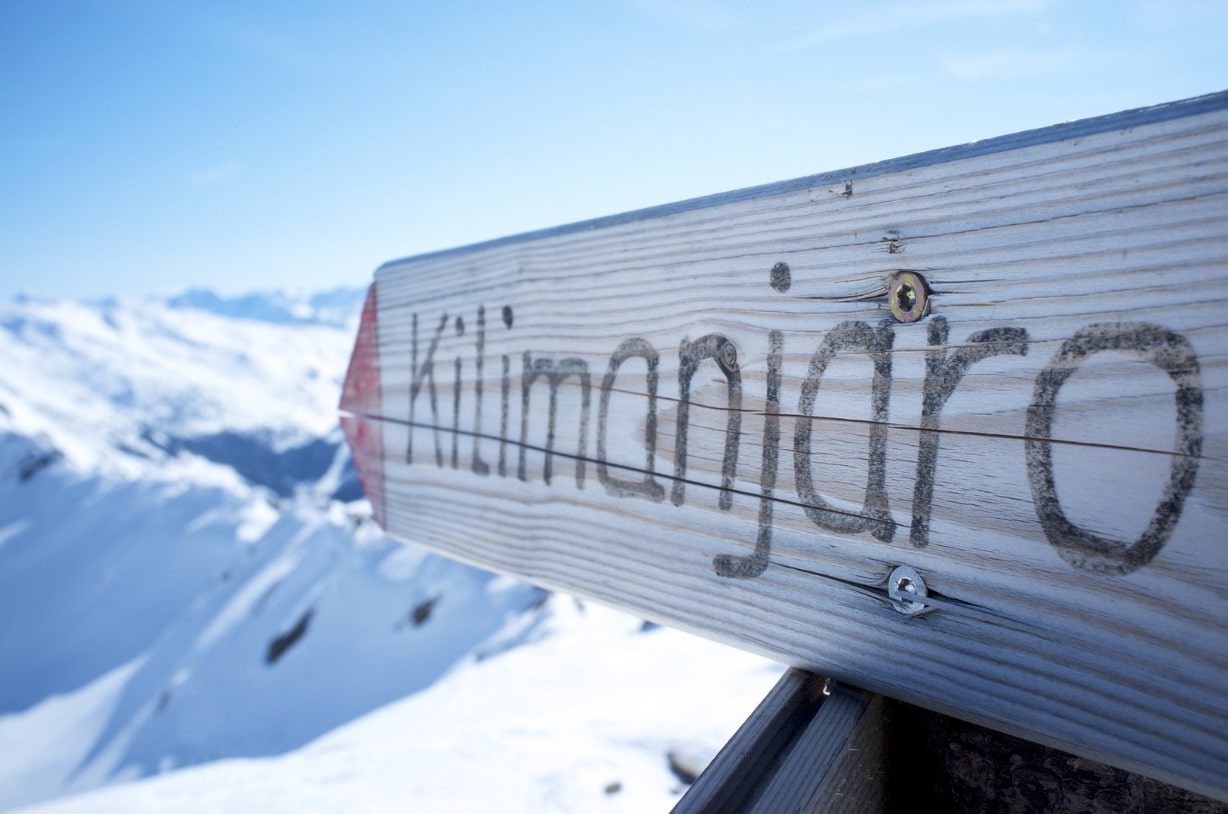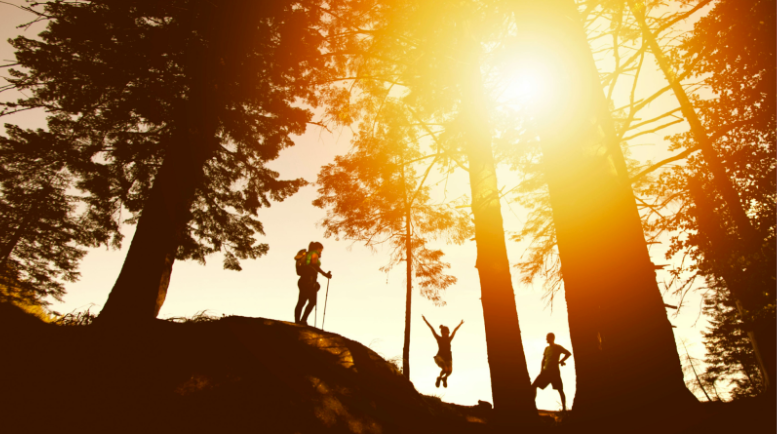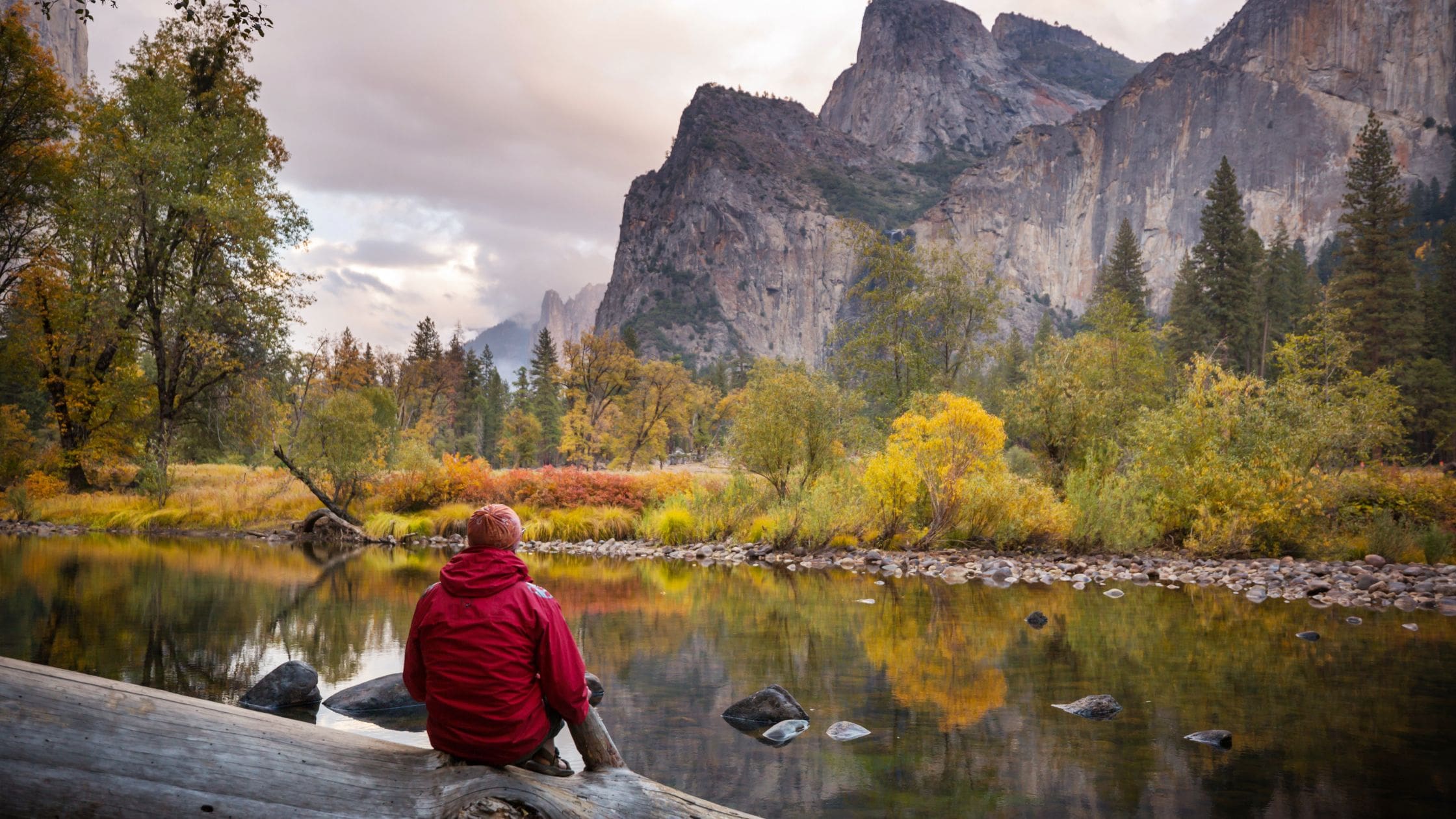There are many ways to begin climbing mountains and many more opinions as to the best ways to get started with the Seven Summits. We discuss a suggested plan for the most efficient progression. With guided instruction, it is possible to climb the Seven Summits by gaining the necessary skills on the actual peaks.
This list also considers training and pre-climbs to prepare a climber for the best chances at a safe and successful overall project. The more climbers prepare through introductory climbing and glacier skills courses, will only provide a better experience for their technical skills.
Below is Part I in our countdown of the suggested progression to climbing the Seven Summits. Remember that variations are also an option depending on one’s desires, schedule, and experience level.
Mt. Kilimanjaro, Tanzania – Africa
5895m / 19,341 ft
Kilimanjaro’s non-technical route provides an excellent opportunity for training and serves as an introduction to the world of expeditions. Kilimanjaro offers seven different routes that may be taken to reach the peak of the mountain. However, make sure to consider the weather and the amount of time you have to climb. Guided expeditions allow physically fit climbers to concentrate solely on the day-to-day treks, enabling them to test their bodies’ adaptability to high altitudes without requiring technical skills. It also serves as preparation for more challenging climbs like Elbrus and Aconcagua, listed below. Often, Kilimanjaro becomes people’s first peak to conquer. It’s strongly recommended that hikers are in excellent hiking shape, undergoing training specifically for the trek, having prior camping and outdoor experience, and approaching the climb with a desire to push themselves on a challenging yet achievable summit.
The ideal months for climbing Kilimanjaro are August and January, although it is possible to undertake the climb throughout the year, with certain months experiencing higher precipitation levels. Don’t hike the mountain in April and November to avoid daily monsoons.
Elbrus, Russia – Europe
5642m / 18,510 ft
Elbrus, the highest mountain in Europe, offers a moderately technical route that is an excellent training peak for honing essential skills in basic crampon usage, ice axe techniques, and rope team travel. With comfortable mountain huts as base camps and the presence of low-angle slopes that require climbers to employ ropes and crampons, Elbrus prepares individuals for more challenging ascents such as Aconcagua and Denali. It is often considered a second or third-tier peak for many climbers. We highly recommend having previously conquered Kilimanjaro. While having prior experience in glacier skills is advantageous, the necessary skills to climb Elbrus can also be acquired during the trip itself, catering to climbers’ needs.
The optimal time for climbing Elbrus is from June to August, aligning with the summer months in the picturesque Caucasus Mountains. However, that time frame can even range from May to September. What’s great about this climb is you can choose from two different routes, but you’ll spend 11 to 12 days on the trail, so make sure to bring everything you need for all weather conditions as you work on those alpine skills.
Aconcagua, Argentina – South America
6962m / 22,828 ft
Considered a “trekking peak,” Aconcagua is the highest mountain in the western hemisphere and the second highest peak of the seven. It offers a non-technical route that serves as an excellent training peak for ascending to just under 7,000 meters. It provides an opportunity to test one’s body’s adaptability to high altitudes without requiring technical skills while also serving as preparation for more challenging climbs like Vinson and Denali. Aconcagua is often chosen as a second or third peak by many climbers. We highly recommend having prior experience climbing Kilimanjaro and Elbrus.
The optimal time for climbing Aconcagua is from December to February, aligning with the summer months in the southern hemisphere. Note that this climb will take multiple days, depending on factors like skill and weather. Often, trekkers carry 45 – 50 pounds up to six hours per day. Although arduous, the beautiful views on the Andres trail are well worth the trip!
Stay tuned for the next part two in our feature on the seven summits!







